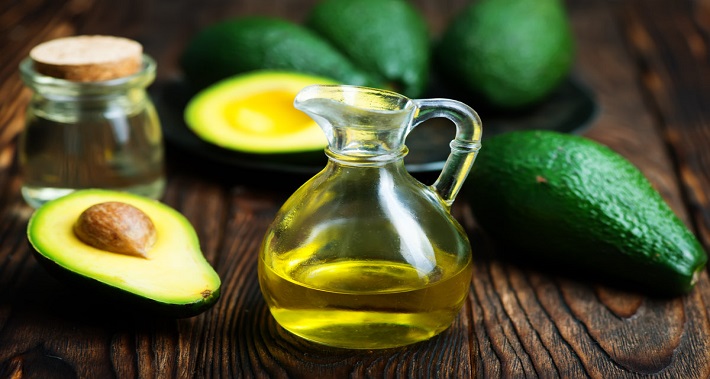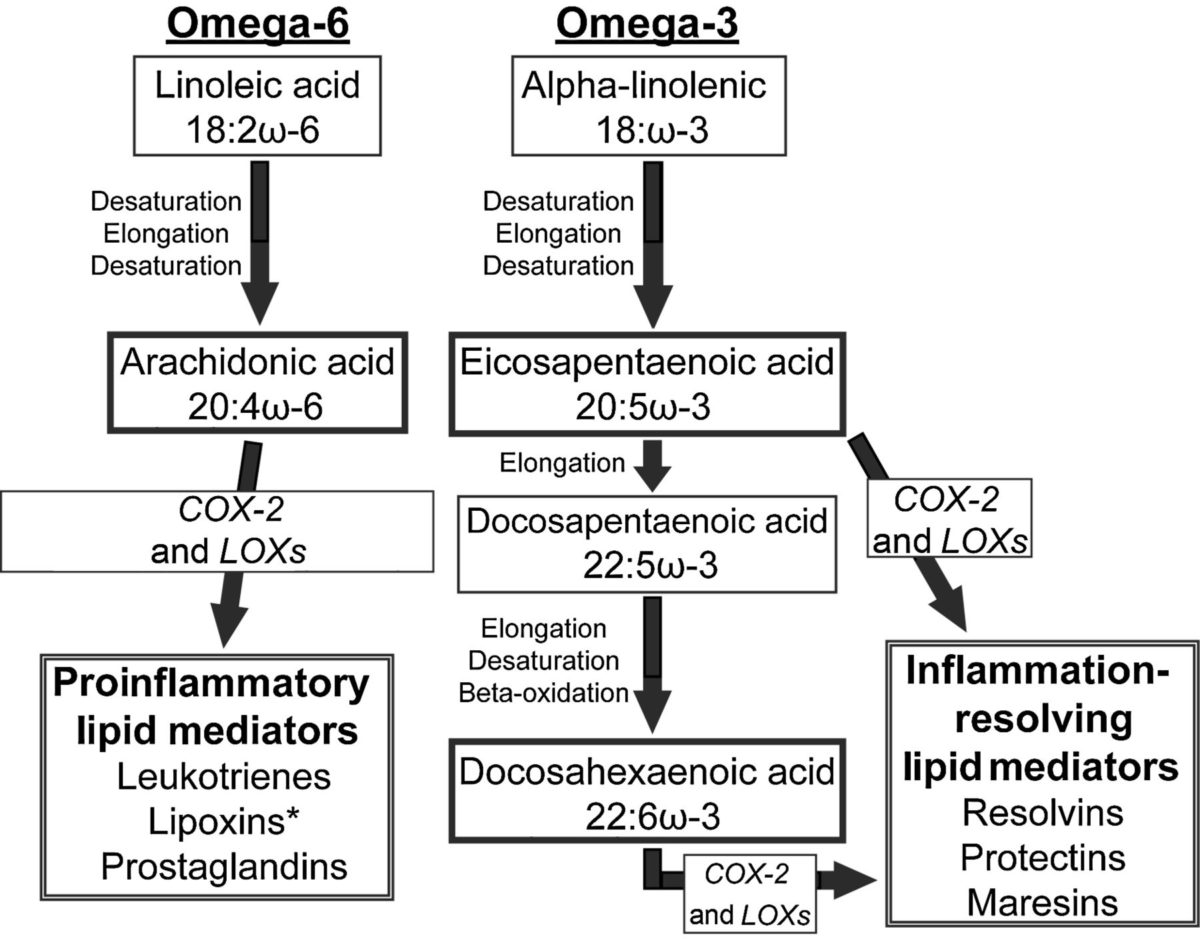What You Need to Know About Healthy Fats
We have come a long way from the 80s when we thought all fat was the enemy. What I am hearing from my patients these days, is that they know some fat is good for you, but they are confused about what types to eat. This confusion is understandable, as the media is always promoting something new regarding superfoods or the latest trendy oil. In this post, I am going to break down why healthy fats are essential, which ones to eat and where to find them.
The Role of Fat in the body
- Ensure absorption of fat-soluble vitamins A, D, E, K
- Formation of immune system mediators such as prostaglandins, thromboxane, cytokines …
- Building blocks for certain hormones
- Supports metabolism and regulates blood sugar
- Important for the nervous system and cell signaling
Different Classifications of Fats
Fat can be broken down into two categories, saturated fat, and unsaturated fat. This classification has to do with the chemical structure and whether or not there are double bonds. Unsaturated fats can be further subdivided into monounsaturated fats and polyunsaturated fats. Monounsaturated fats have one double bond whereas polyunsaturated fats have more than one double bond. Polyunsaturated fats include the essential fatty acids which I discuss below.
What are Essential fatty acids
In biochemistry, the word essential is used to denote a nutrient our body needs to survive but cannot make. Essential nutrients must be attained through our diet. There are two essential fatty acids, which are the Omega 6 fatty acid linoleic acid (LA) and the Omega 3 fatty acid alpha-linolenic acid (ALA). ALA is further broken down into eicosapentaenoic acid (EPA), and docosahexaenoic acid (DHA) whereas LA is broken down into arachidonic acid (AA) and gamma-linoleic acid (GLA)Omega 6 vs. Omega 3
Sources of Fat
| Fat | Sources | Notes |
|---|---|---|
| Saturated fat | Animal fats, tropical oils like palm or coconut | Mostly consumed in processed foods
|
| Monounsaturated fat | Olive oil, tree nuts, ground nuts, avocados
|
|
| Linoleic acid (Omega 6) | Most vegetable or seed oils | Abundant throughout our diet, no need to supplement
|
| Arachidonic acid (Omega 6) | Eggs, fish, meat | Causes inflammation
|
| Gamma-linoleic acid (Omega 6) | Borage oil, evening primrose oil and black currant oil | Not abundant in our diet but can be made from LA |
| Alpha-linolenic acid (Omega 3) | Flaxseed and trace amounts in nuts and leafy green vegetables | Our bodies are not very efficient at converting this into EPA and DHA, therefore it is better to eat marine sources found below
|
| eicosapentaenoic acid (Omega 3) | Mackerel, Anchovies, Salmon, Sardines, Herring, Halibut, Tuna, and Trout | Anti-inflammatory |
| docosahexaenoic acid (Omega 3) | Mackerel, Anchovies, Salmon, Sardines, Herring, Halibut, Tuna, and Trout | Anti-inflammatory |
Omega 6 vs. Omega 3
Both types of fatty acids are essential, but that does not mean that you need to pay the same level of attention to both. The research has shown that as a society we eat on average 16 servings of Omega 6 for every one Omega 3. This ratio of 16:1 has a negative impact on our health. Looking at the diagram below, you can see that Omega 6 fatty acids are metabolized in a way that leads to the formation of Proinflammatory mediators. Omega 3 fatty acids are metabolized unto anti-inflammatory mediators. Our body needs a certain amount of inflammation to fight of infection, but this inflammatory system was designed to be offset by the anti-inflammatory cascade set off by Omega 3s. After reading all these details, the thing to remember is that we need to eat more Omega 3s and less Omega 6 fatty acids to bring our bodies more into balance.
Healthy Fats vs. Unhealthy Fats
| Unhealthy Fats | Healthy Fats |
|---|---|
| Trans fats | Monounsaturated fats |
| Saturated fat from processed foods | Saturated fat from whole foods such as coconut oil used in home cooking |
| Most shelf stable refined cooking oils like safflower, corn or soy | EPA |
| Hydrogenated fats like margarine | DHA |
Oils for Cooking vs. Oils to Keep Raw
When picking an excellent oil for cooking, you want a high smoke point a good mixture of monounsaturated and polyunsaturated fats and a low omega 6 to omega 3 ratio. My top 2 oils for cooking are Avocado oil or expeller pressed Canola oil.
When using an oil in its raw form, such as in salad dressing, you can use more delicate oils with great health benefits. My top 3 raw oils are olive, flaxseed or pumpkin seed oil.
A Final Word on Healthy Fats
One of my favorite sayings is “Everything in moderation, even moderation.” I find that this is especially true in the world of nutrition. We need the let go of finding the one perfect way of eating. I hope that people find a balanced approach to fat. Even the unhealthy fat can be good for you every once and a while, if it allows you to socialize or drop out of perfection.
Regarding healthy fat, aim for olive oil, nuts/seeds, avocados and fish. Put more emphasis on Omega 3 vs. Omega 6. Eat whole foods over processed and incorporate more plant sources of protein. That’s it!
If you have questions about naturopathic medicine, or would like to start with your first consultation, contact me, and let’s book an appointment.
Dr. Sheila Dyer, ND1080 Dovercourt Rd,
Toronto, ON M6H 2X8
(416) 554-5135
► https://g.page/DrSheilaDyerNd
Dr. Sheila Dyer is a Naturopathic Doctor and a practicing registered nurse offering holistic healthcare with a scientific focus

